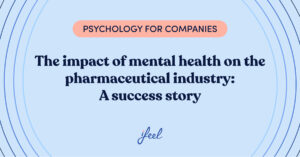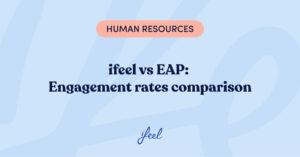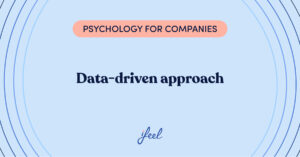When we refer to the employee life cycle, we are trying to delimit, from a temporal but also qualitative point of view, what happens from the moment an employee joins the company until, for different reasons, they leave. This is a complex and quite personal issue whose relevance must be taken into account by HR departments if they want to be fully efficient in providing successful professional experiences to staff members. We discuss this life cycle further in this post.
What is the employee life cycle?
We often speak of an employee’s career evolution within a company with expressions such as employee journey or employee life cycle. The former has a component that could be considered poetic and refers to the notion of a company’s employees as part of its customers: the internal customers.
Seen in this way, an employee comes into contact with the company for the first time and begins a journey, just as a customer does when entering a store or trying to purchase a product online. It is a more or less enriching adventure that they experience until they reach their destination, which can be for various reasons (retirement, redundancy, leaving for another company, etc.).

Characteristics of the employee life cycle
The second expression, which is not very different, emphasizes the “biological” component of this journey, comparing it to a process with phases that, even though they vary from person to person, show a certain degree of coherence in all employees.
A circular trajectory comes to mind when we speak of the employee life cycle. The beginning and the end are linked so that the journey to which we have referred is complete and closed.
In reality, speaking of a cycle is nothing more than describing a trajectory that is not always linear and not always unique. A cycle can be completed and start again, taking a new impulse but not from scratch, not going around in a circle, but going through the “same” places from a deeper and more experienced position.
We say that the employee’s life cycle is not necessarily linear because it can have highs and lows. It can have significant stops or setbacks. It can deviate significantly in its trajectory or resume again depending on specific changes in circumstances. Thus, the employee’s life cycle does not necessarily begin at an initial point of inexperience, low rank, and improving conditions that progress in all parameters until it ends at an unquestionably higher point.
Sometimes the employee’s life cycle already starts “higher up,” sometimes working conditions deteriorate as they proceed and then recover. Sometimes the employee’s life cycle describes a tortuous relationship with the company in which both fall in love, argue, drift apart, grow closer, drift apart again, and, successively (especially if the employee’s journey is rather long), find new equilibriums that allow them to adapt to each other according to their individual needs.
Are there phases in the employee life cycle?
As mentioned above, we can ideally imagine the employee life cycle as a straight line from their first contact with the company and their selection process, through onboarding, talent development, and minimal retention (tenure) within the company, to their departure from the company.
This is probably applicable from a distance to most of the employees of any given company. However, as we take a closer look at the employee’s life cycle, we will realize that although it exists, this journey is full of twists and turns, peaks and dips of greater or lesser intensity, and influenced by very different circumstances.
The longer an individual’s tenure within an organization, the more complexities and turns are observed in the employee’s life cycle.
Adjustment to each moment of the cycle
Each stage of the employee’s life cycle has specific characteristics and requires different things from the employee and the company. Let’s remember that the employee is not the same person in each stage. Therefore, neither the employee nor the company looks at their relationship from the same point of view.
To put it very simply: getting to know each other is not the same as living together for years. It is not the same to perceive that I have a lot to prove to the company as it is to perceive that I have achieved a well-established reputation and status. It is not the same to feel detached from my journey as an employee within a company as it is to feel fully engaged and looking forward to spending even more time together. It is not the same to have a very satisfying experience as an employee as it is to have a bad experience full of grievances, disloyalties, and a lack of affection on behalf of the company.
Therefore, tools that allow the company to observe and listen attentively to its staff members are relevant. To know them is to be aware of their particular needs and characteristics, as well as to understand how to identify, at least in general terms, where they are in their lives since this will give the guideline to know where they are in their employee life cycle at any given moment.
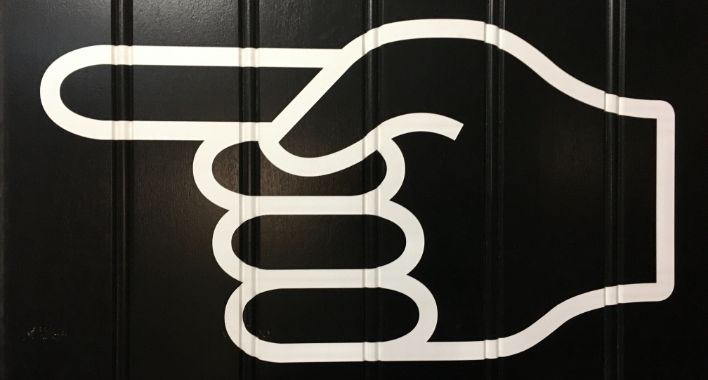
Emotional well-being program for companies
At ifeel, we know that work should not disrupt people’s well-being. Our team of psychologists, experts in well-being at work, has created an emotional well-being program for companies that positively impacts talent retention, reduces absenteeism, and combats employee stress.
In our Resources section, you will find helpful material, such as podcasts, HR guides, or interviews with HR managers. In addition, we have a Psychosocial Risk Factors Template, which you can use to comply with the requirements of the Labor Inspection.
Thanks to our emotional well-being program, your company’s HR managers can receive personalized, data-driven advice on improving the psychological well-being of their teams. In addition, this program offers employees a 360° mental health care service structured at different levels according to their needs. Try our program today to see how it could help you.
We hope you found this post about the employee life cycle interesting. If you would like more information about our emotional well-being program for companies, request it, and we will contact your team as soon as possible.

